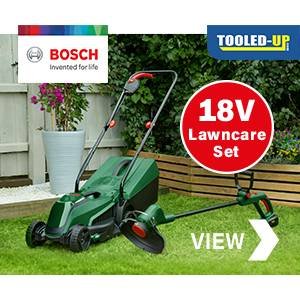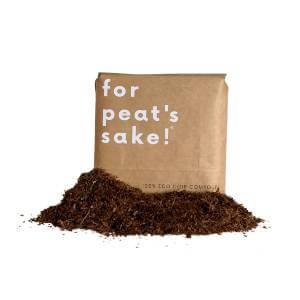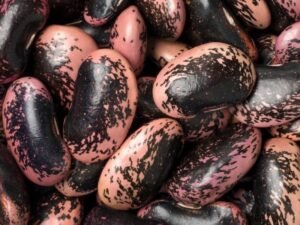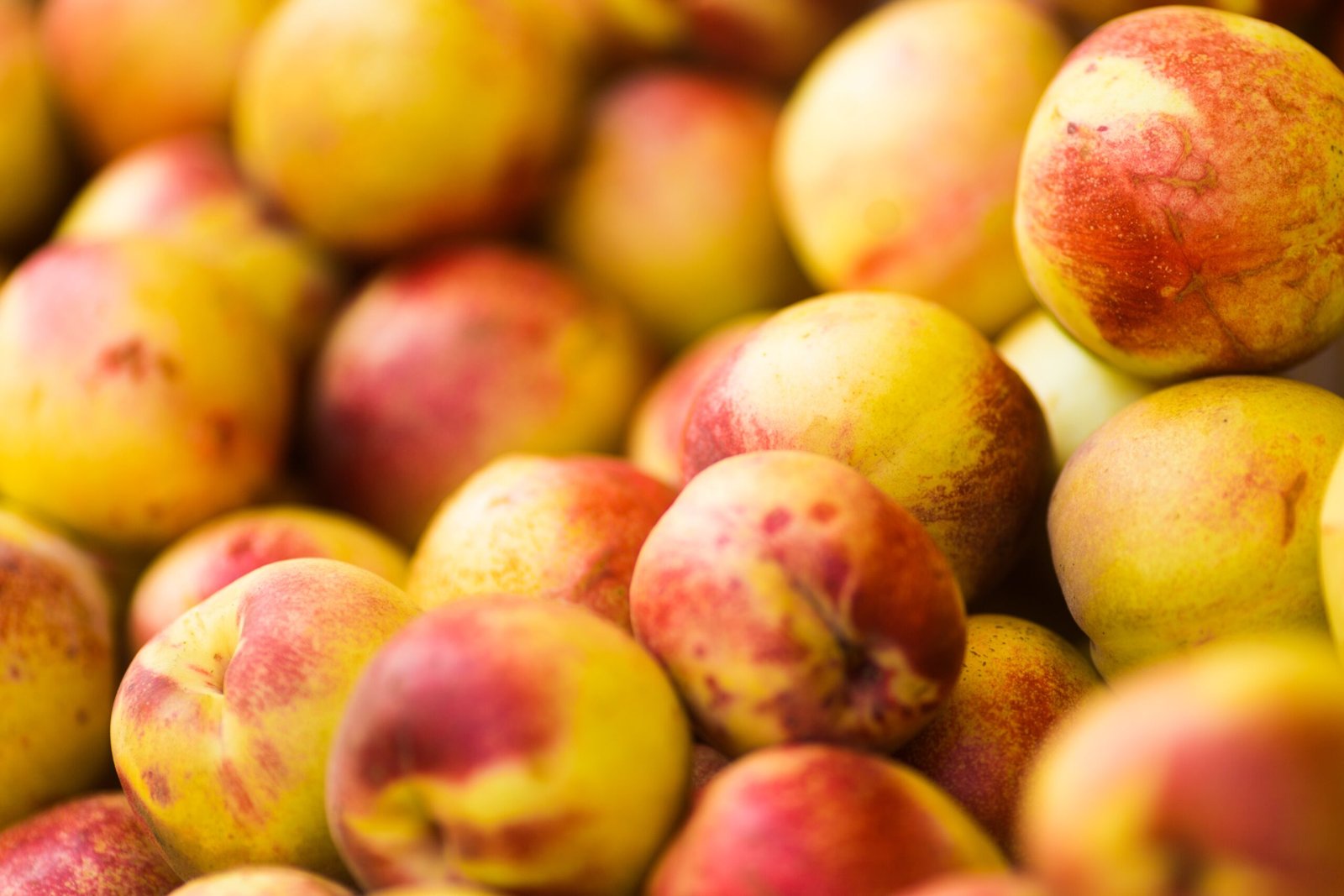If your Rose flowers have symptoms not mentioned here, check out our pest disease section! The flowers are the most beautiful part of our roses, so we know you want them in tip-top condition!
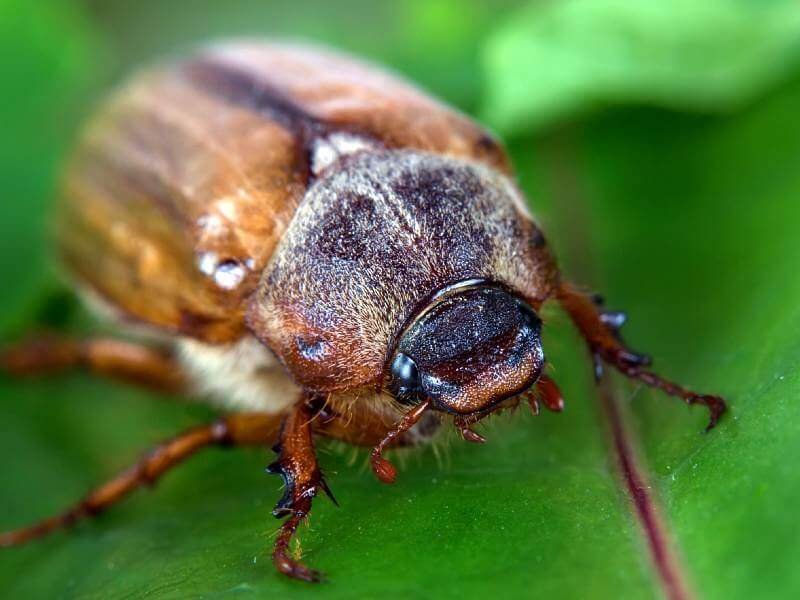
Cockchafer (May Bug) and Rose Chafer
How to spot if you have Cockchafer on your Rose flowers?
The rose chafer is a deadly bug to your red roses as their main diet includes flower blossom.
You will need to be on the lookout for these around late May (early spring) and even more so if the rose chafer has been a problem before. It’s good to note that these are also underground pests, so be sure to also check the soil for their larvae.
You may spot if you have chafer problems by the following things;
- Buzzing noise may be the first sign that you notice you have this bug or you may also see them bumping against light fittings or window panes.
- As the adults will feed on the leaves and blossoms you may also notice irregularly shaped holes over these.
- Although barely seen the larvae also called grubs hatched by rose chafer adults would live in the soil. They are 3-4 inches long fat and yellow/white with brown heads; they are usually seen in a ”c” shape pose. These are the underground pests.
- The cockchafer beetle’s size is up to 30mm and is distinctive with their fan-shaped antennae; they have black thorax rusty brown wing cases and brown legs. The rose chafer is typically 20mm in length metallic green colour and a distinct ”V shape mark on its back.
- They will typically be found in a sunny spot and are attracted to sandy soil where they can lay their eggs.
How to get rid of Cockchafers from your Rose flowers?
As the damage left by the chafer bug can be pretty devasting, you will need to get on top of these as soon as possible.
Therefore ensure you are checking these as often as you can and following a few of the tips below.
Handpick off the Cockchafers
If there is a small infestation, you will be able to handpick these off (with gloves, of course). After they have picked, place in a bucket of soapy water.
Use of Pesticides
Use pesticides if there is a large infestation and other methods don’t work. Spray the rose plant/bush every two days as it will need to cover those that will ”fly-in” problem.
When choosing one of these, be sure to look for the following ingredients; Imidacloprid, Permethrin, Cyfluthrin, Bifenthrin, Carbaryl.
Use of covers/netting
During the growing season, you may also find using a physical barrier is also an option, although some could say this is slightly unattractive.
Good options are a cheesecloth or floating row cover; this is a safe, non-toxic way to protect your plants from unwanted bugs.
You can take these down when the chafers are finished feeding – this will be after June.
Tortrix Moth (Cacoecimorpha pronubana and Epiphyas postvittana) (Also found hidden in the leaves)
How to spot if you have Tortrix moth on your Rose flowers?
There are almost 400 different species of tortrix moth in the UK. In the late summer and early autumn, the caterpillars, which pupate into cocoons inside the rolled leaf, will emerge. The young caterpillar feeds on the upper surface and as the moth.
- Some leaflets may be spun/bound together by fin silken threads almost like a spiders web; this is where the caterpillars will live over time they will pupate to moth form. This will most likely be the first thing you notice.
- The moths’ larvae are small narrow and green caterpillars that roll themselves up in the plant leaves. Interestingly they will wriggle backwards when touched.
- You may notice irregularly shaped holes in brown or dry areas on the leaves resulting from the caterpillars feeding inside.
- You will most likely find an attack during April-September but greenhouses can be present all year round.
- Tortrix moths are a brown/ dark colour with a 10mm wingspan.
How to get rid of the Tortrix moth from your Rose flowers?
Unfortunately, there is not a huge amount to prevent the Tortrix moth from laying its eggs in your Roses in terms of prevention.
However, the more regularly you check your roses and the earlier that you notice symptoms – the better! Some damage can be tolerated as part of the natural ecosystem, so it’s always best to try biological methods before moving onto chemical control.
Use your hands
You can try to squeeze the bound leaves together; this will crush any caterpillars and pupae inside. Best wearing gloves!
Natural Predators
Birds, wasps and ground beetles are all-natural predators, so try to encourage them into your garden.
Use of traps
Pheromone traps are an excellent way to monitor the moths themselves and stop the males and females from breeding. If more than 30 moths are caught a week, we would suggest spraying 10-14 days later.
Use of Bug Killer spray
Bug Clear Ultra and Westland Resolva Bug Killer are good options if the above methods do not work.
Thrips
How to spot if you have thrips on your Rose flowers?
These are super small flies known as thunder flies; a few species can cause damage to your garden; many feed by sucking sap from the leaves and flowers.
The detection of thrips can be challenging; a common method is to place a white sheet underneath and gently shake the foliage; once on the paper, you can then examine. Thrips are typically most active during the months of April-September.
- Several species of thrip means that they come in an array of colours. Their narrow bodies are up to 2mm in length with two pairs of wings; this is pretty standard across the board. You can read more about individual thrips here.
- Thrips favour lighter colour blooms!
- In the nymph stages they are a creamy yellow colour.
- You may notice that the petal edges blacken.
- Flowers and leaves may become mottled and malformed.
- Heavy attacks may mean that buds fail to open up leaving them deformed.
- Leaves may become a dull green colour and later develop a silvery-white discolouration on the upper surface.
- In discoloured areas you may notice many tiny black excrement spots.
How to get rid of Thrips from your Rose flowers?
Thrips are renowned for being hard to control due to living inside the bloom and buds, and the life cycle is one to two weeks, so their population rises very quickly.
It also a good idea to always, in any case, check your roses frequently from spring onwards, roughly around once a week, so any action can be taken before a heavy infestation occurs.
Use of Insecticides
Although we typically try to give other options instead of systematic insecticides due to the damage caused in such little time, Guard’n’AidGuard’n’Aid is a great option! It targets thrips explicitly both at their larval adults and eggs stages.
Avoid using Sticky traps
Many would recommend sticky traps. However, these are not a good idea to have up in your garden as they may catch other predators.
Capsid
How to spot if you have Capsid on your Rose flowers?
Most active during May-August, the capsid bugs are again one of many varieties, and most do not cause a significant amount of damage.
Some may feed on the plant’s sap at the shoot tips and flower bud – although not deadly, it can reduce the aesthetic of your roses.
- Typically capsids will only affect the young shoots and tender buds resulting in wither and worst-case die.
- You may notice tiny brown spots on young leaves and at the tip of the shoot they may even develop brown-edge holes. These can also become distorted. As the leaves grow the damage will become more serve.
- Capsid bugs are bright green insects that are roughly 6mm in length with six long legs and antennae. They are known to move rapidly when disturbed. When their wings are folded they have a distinct diamond pattern on their backs.
How to get rid of Capsids from your Rose flowers?
Due to capsids fast-moving nature, they can be tricky to control. If there is minimal damage, this can typically be tolerated. Clean up dropped leaves and plant matter to prevent any hiding spots for the Capsids.
Typically by the time you notice distorted leaves, it is too late to take controlled measures. The second-generation causes the most problems managing these pests should carry on well into the groaning season. Some preventatives that can be carried out on top of regularly checking your roses are below;
Remove weeds and dead vegetation
Weeds can act as alternative host plants, so if Capsid has been a repeat problem for you, it’s good to keep on top of removing these.
Likewise, removing any dead vegetation in late winter may help destroy overwintering sites for the tarnished plant bug.
Encourage natural predators
Encouraging birds, hedgehogs and ground beetles which are natural enemies, is also a good idea.
Check if there’s still a problem
Before moving onto any chemical treatment, check that this bug is still a problem; most likely, they will have moved on by the time this is necessary and when serving distortion symptoms is present.
Use Pesticides
Pyrethrin based pesticide is an excellent option to use when flowers are spent. These will require more frequent spraying than synthetics.
Last case scenario – Use pesticides
If the above methods do not work on heavy infestations, you can move on to pesticides, Resolva Bug Killer and Bug Clear Ultra. Please be mindful that plants in flower should not be sprayed to harm pollinating insects such as bees.
Let's go Shopping...
Products Coming Soon!










